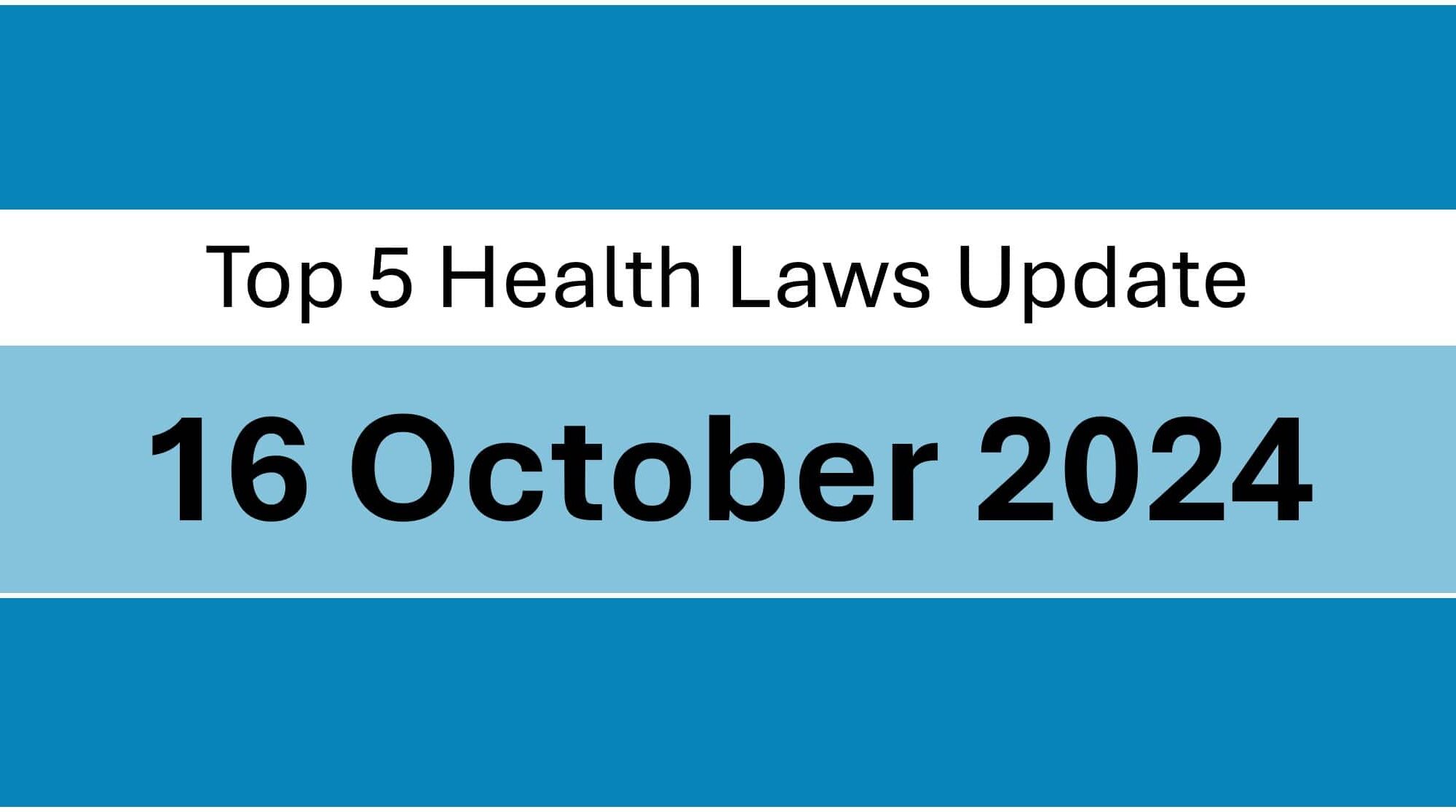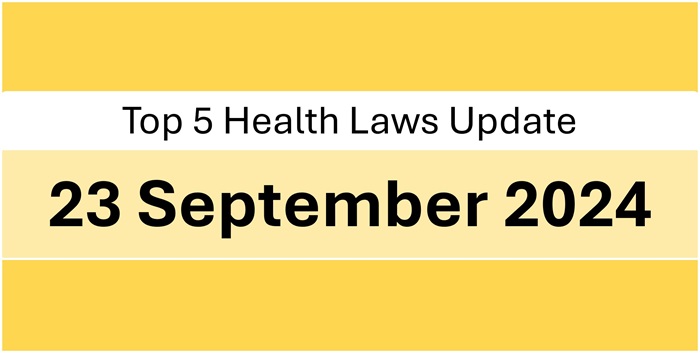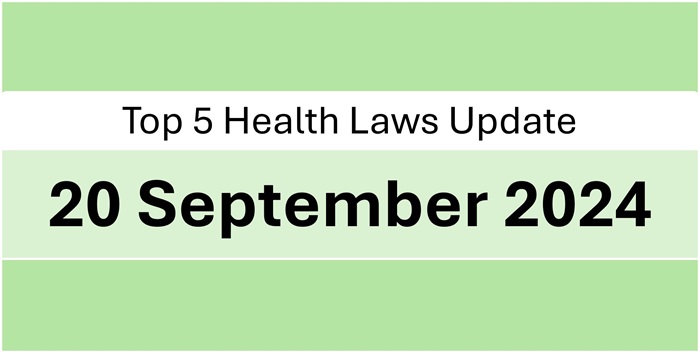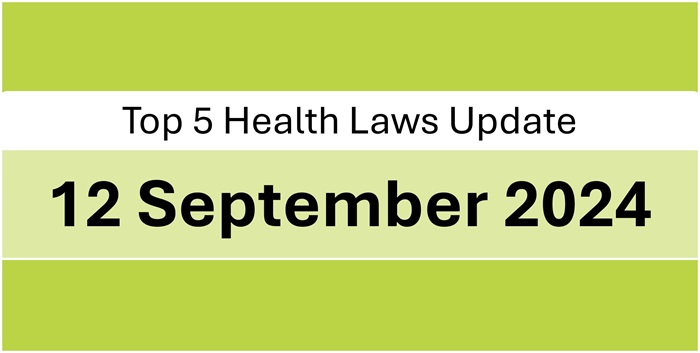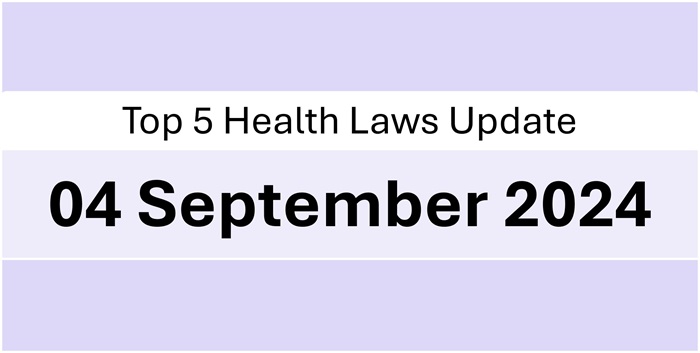Dear Readers, we are happy to share the most interesting legal and policy updates concerning health industry that we read today. We hope you enjoy reading it.
1. In a new Amendment to the Food Safety and Standards (Prohibition and Restrictions on Sales) Regulations, 2011, the Food Safety and Standards Authority of India (FSSAI) has clarified that BIS standards mark requirement may no longer be necessarily applicable for manufacture and sale of infant milk food, infant formula and milk cereal based weaning food etc. as well as Condensed milk sweetened, condensed skimmed milk sweetened, milk powder, skimmed milk powder, partly skimmed milk powder and partly skimmed sweetened.
Source: bit.ly/4hkwSPN
Source: bit.ly/3BXUuK4
2. In a recent amendment to the Food Safety and Standards (Contaminants, toxins and Residues) First Regulations, 2011, which shall come into force from 1st April 2025 the Food Safety and Standards Authority of India (FSSAI)has: (1) Simplified and reduced the number of prohibited use Antimicrobials including chloroform, stilbenes and other steroids, (2) Increased the permissible concentration for Antimicrobials in Honey, (3) reduced the concentration of antimicrobials in cattle.
Source: bit.ly/3AdyXMN
3. The Rajasthan Authority for Advance Rulings held that the vanilla mix being sold by a major manufacturer of consumer food products in the country would not be classified as an “ice-cream” for the purpose of taxation under the Goods and Services Act, 2017 (GST Act) due to sugar being the major ingredient at about 65%. This decision in contrast to the Supreme Court’s decision on similar grounds.
Source: bit.ly/3BW78sY
Source: bit.ly/3BQh9I0
4. The Supreme Court quashed a criminal case which had been filed against a major Indian bank for non-compliance with an order of the authority under the Income Tax Act, holding that an allegation of mens rea cannot be made against a juristic person such as the bank and that the intention of the officers and functionaries cannot be construed to be that of the juristic person itself.
Source: bit.ly/3C5fH4y
5. The Therapeutic Goods Administration (TGA), Australia’s regulator for Medical Devices has clarified some queries concerning its updated Essential Principles, which are necessary compliances for getting approval for devices in Australia. In this new update to the checklist, the TGA has reiterated its existing commitment to recognizing foreign approval standards, and has placed obligation on Sponsors to update the TGA if their Manufacturer Evidence may be expiring in 50 days, among other things.
Source: bit.ly/48jlWxM
Source: bit.ly/4eSYR7P



